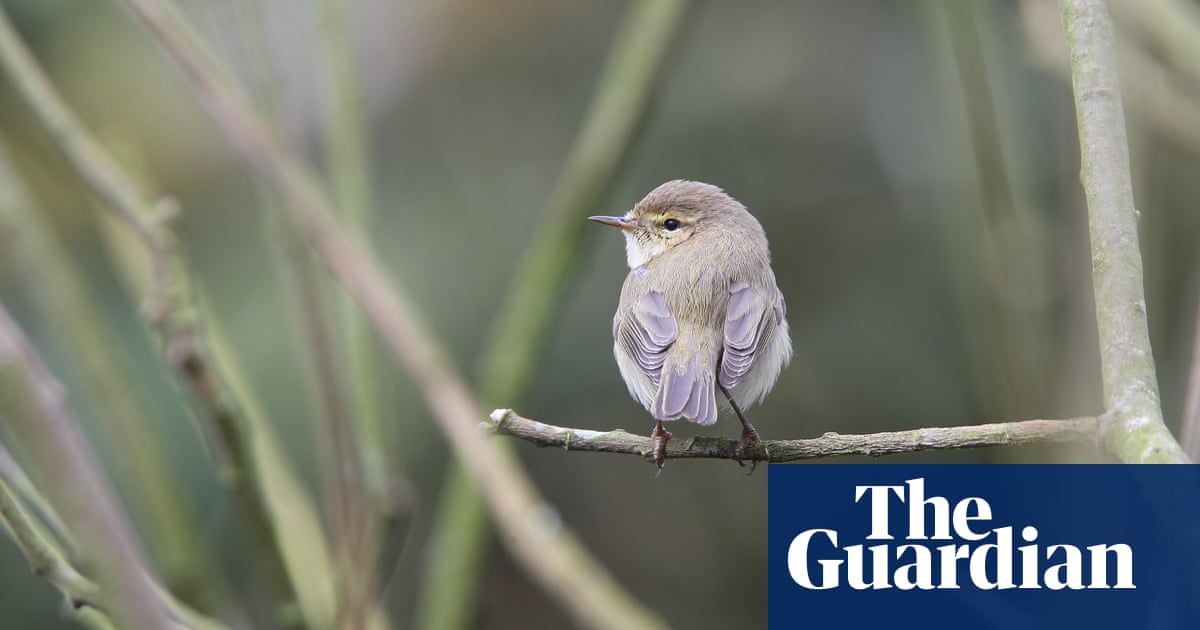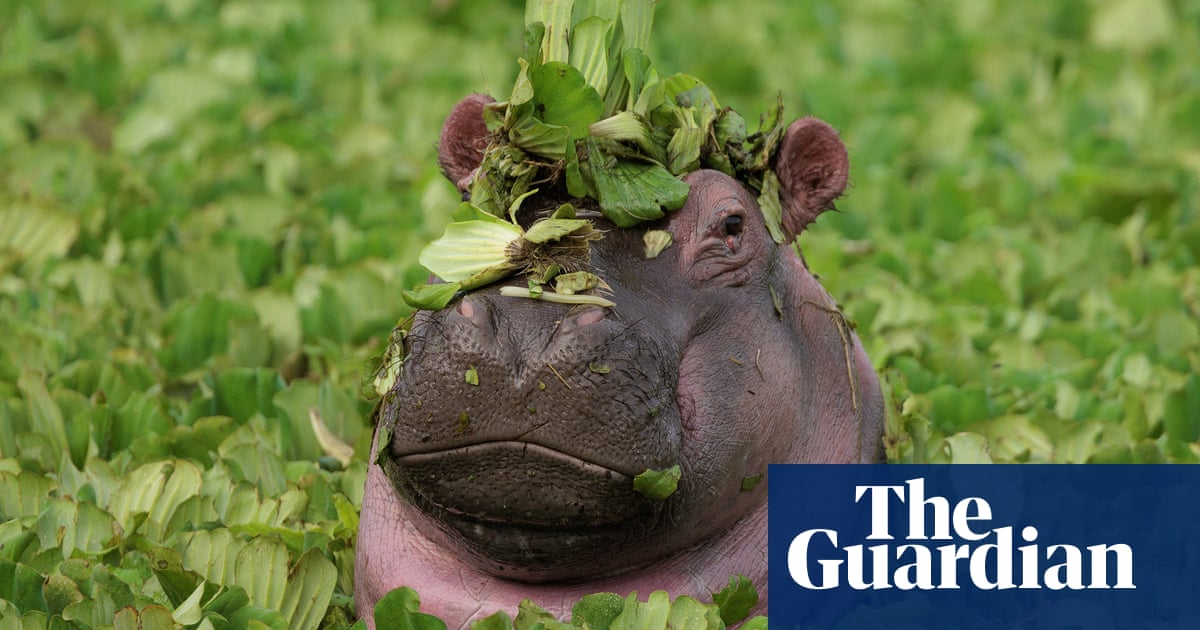
The risk of pathogens spilling over from wildlife trade and farmed animals into humans should be key considerations in efforts to prevent the next pandemic, research suggests.
Researchers have been assessing the risks of the different ways that disease-causing organisms jump from animals to humans in an effort to characterise and address the risk of the next pandemic.
In a study published in the journal Biological Reviews, University of Cambridge scientists found that while the risk of another pandemic cannot be eliminated, systemic changes in the way we interact with animals, in general, could substantially minimise the probability.
The risks are not just linked to exotic wild animals, they caution. “There’s a natural tendency, particularly in the western world, to imagine that this has nothing to do with us. It’s something remote and exotic … something that someone else has been doing,” said the study’s lead author Dr Silviu Petrovan, a veterinarian and wildlife expert at Cambridge. “I suppose what most people have in their minds is not the venison that they buy in Waitrose – which, of course, is wildlife – but rather something altogether more exotic.”
Although the consumption of exotic wild animals is a piece of the puzzle, the study found that other key pandemic risk factors include wildlife farming and trade; livestock; international trade of exotic animals for pets; and human encroachment of wildlife habitats.
A separate study has worked on quantifying this risk, in particular looking at how viruses make the leap from mammals to humans. This is of key interest given that most emerging infections are more likely to be viral with origins in mammal species, according to the analysis led by scientists from The Nature Conservancy and the Ashoka Trust for Research in Ecology and Environment (ATREE) in India.
The analysis compared the association of 226 viruses known to cause diseases in humans (or zoonotic diseases) across more than 800 mammal species. It found that mammals used in wildlife trade had the highest proportion of so-called zoonotic viruses at about 75%. But non-traded wild mammals were not far behind at 63%, with domesticated mammals at 51%, the researchers wrote in the journal Current Biology.
Dr Shivaprakash Nagaraju, the lead author of the second study, from The Nature Conservancy, said although domestic and non-traded animals are a concern, traded wildlife appears to carry the biggest pathogenic load and should be prioritised in efforts to prevent the next infectious disease pandemic.
While previous research has identified rodents and bats as key species for disease transmission, Nagaraju and colleagues found that primates and hoofed animals such as deer and antelope pose a greater risk to human health.
So how to address this panacea of zoonotic risk? The potential solutions are wide-ranging in terms of their expense and ease of implementation and must be contextualised in terms of geography, culture and people’s livelihoods, researchers from both studies said.
Cambridge researchers conducted a scan of published research and guidance, the experience of experts and practitioners, and brainstormed to compile a list of 161 options to confront this risk. Some interventions are relatively simple, such as encouraging farmers to keep animals away from people, separating wild animals from domesticated ones, and ensuring that people who work in slaughterhouses are given adequate PPE.
But others, such as improving animal health on farms by limiting stocking densities, enhancing biosecurity and surveillance measures as well as reducing the consumption of animal products, are far costlier to implement.
“There are plenty of things that actually are really not that difficult to implement but which could make enormous gains in terms of making us more secure,” said Petrovan. “But speaking of cost, look at the cost of the current [Covid] crisis. The cost has been catastrophic, both in terms of human life and human suffering but also economic. Therefore, it makes sense for us to start looking more carefully at what we do.”
Addressing wildlife trade will address only a part of the problem, added Nagaraju. “Ultimately what is very important here is that the consumer mindset should change – because consumers are the ones who created this demand. Unless we change our lifestyle, this is kind of a never-ending story.”












